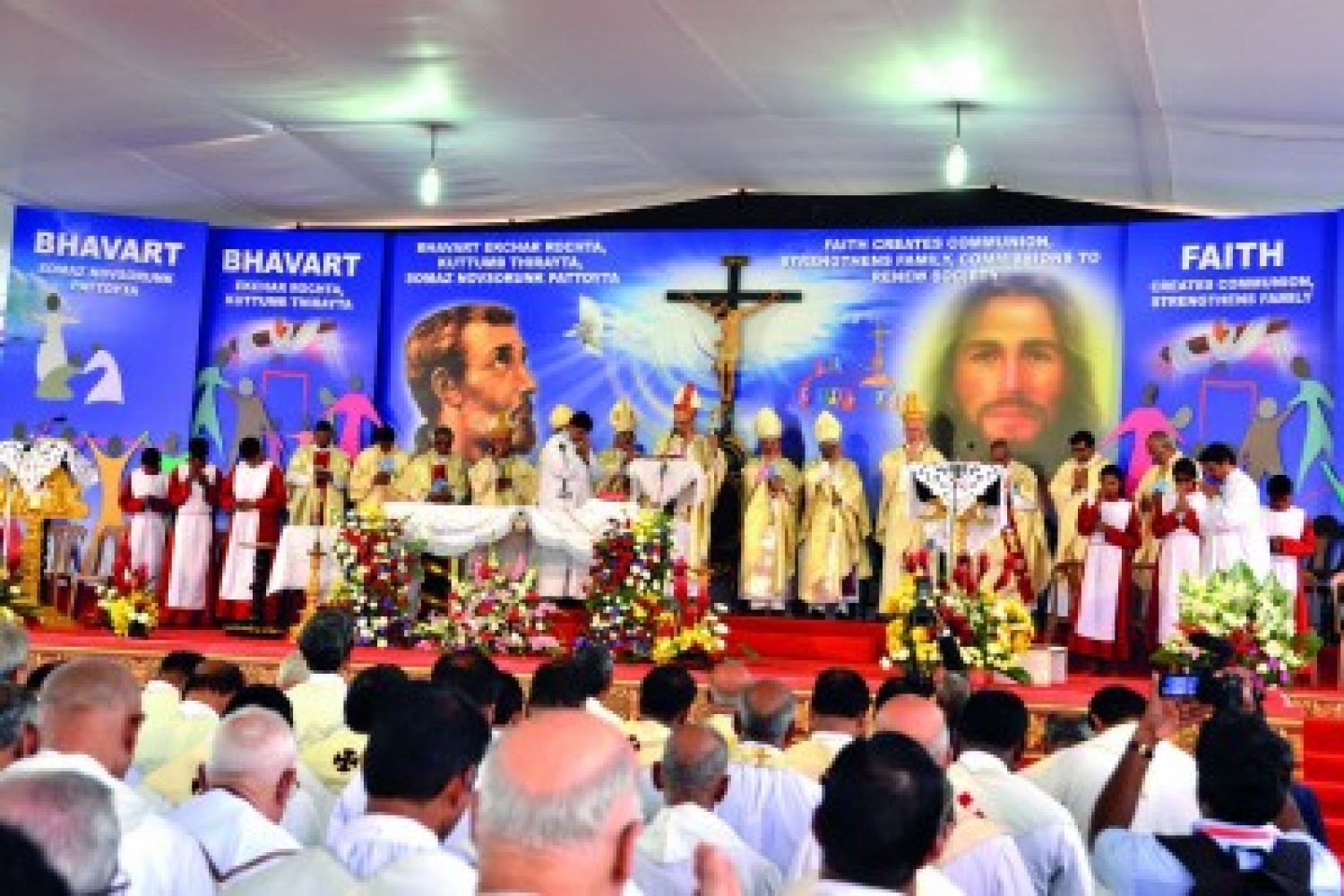
The buses disgorged visitors every few minutes and sped away
to allow new arrivals. Traffic had been diverted and policemen waved cars away
to follow new routes around the church complex in Old Goa. Like ants crawling
toward sugar, visitors of all ages from different parts of the country walked
along a narrow street lined with shops and vendors squatting by the roadside.
Some sold cheap trinkets and others stuffed bun paus with greasy
rosaries of red chorizo sausage for eager buyers. A make
Continue reading “Patron saint of Goa’s Inquisition”
Read this story with a subscription.





